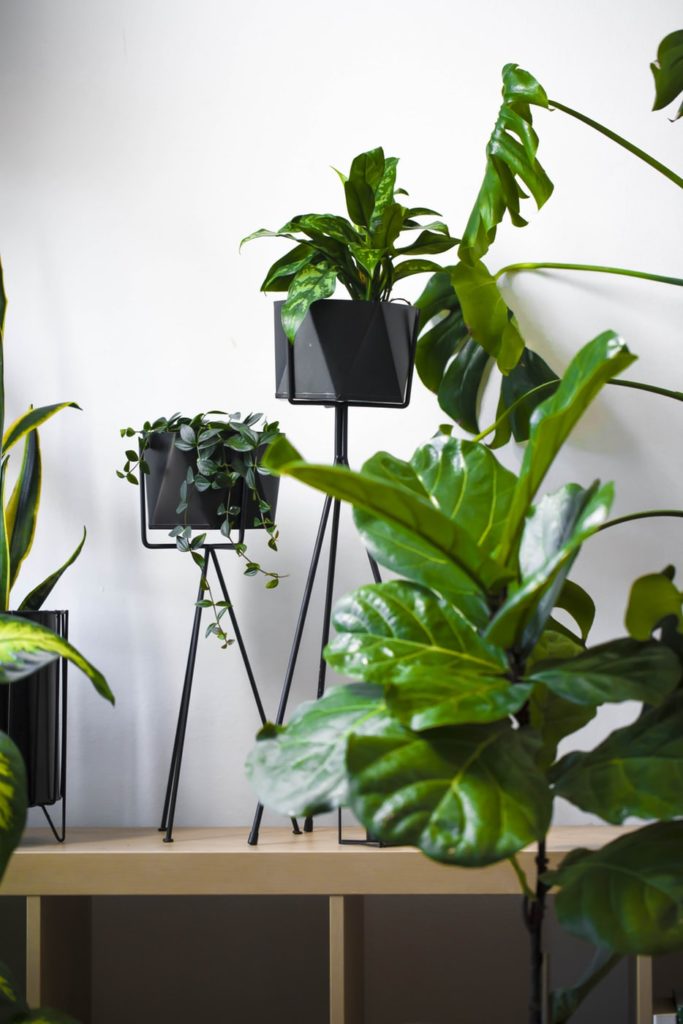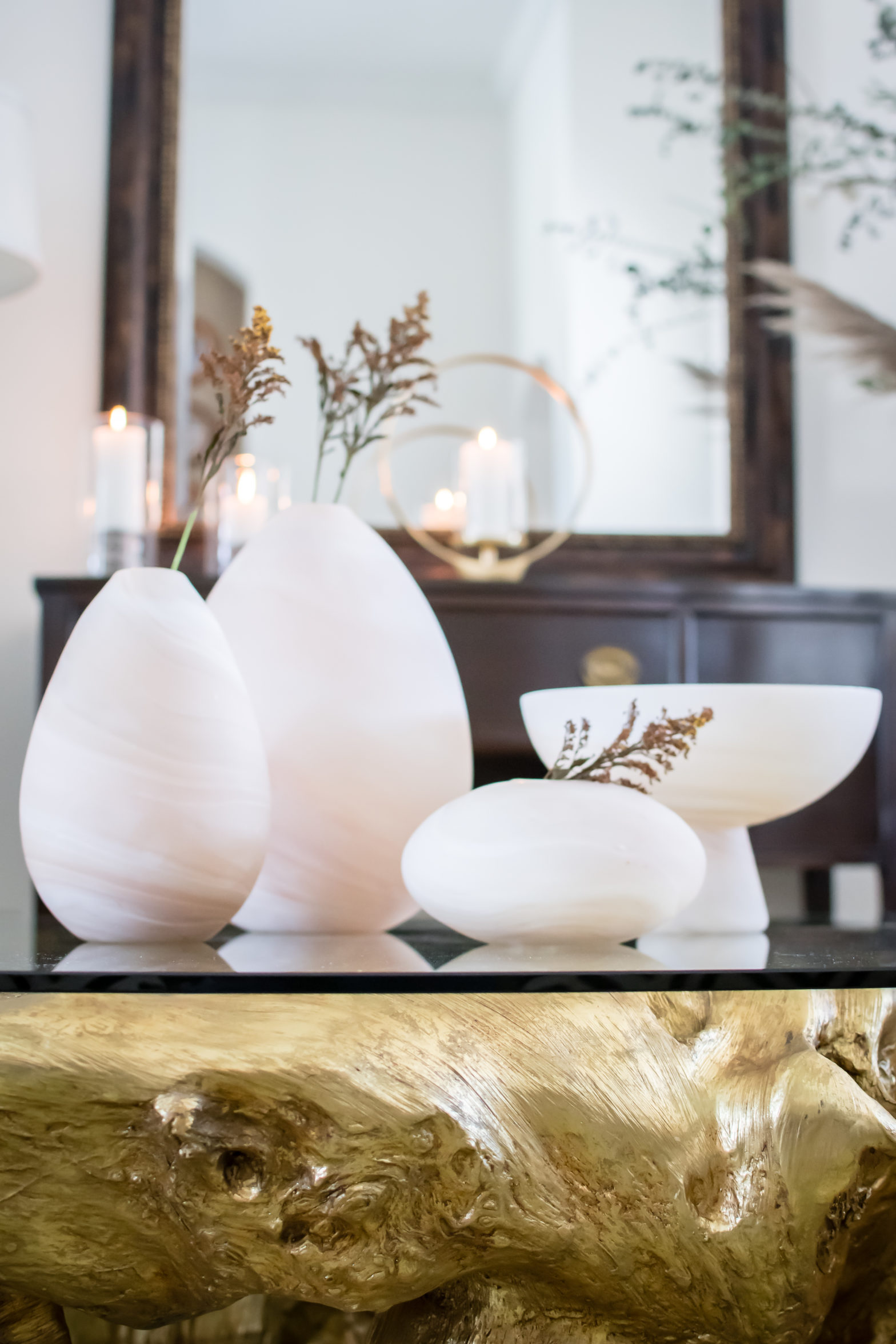During the past two weeks, we have all been keeping up with the facts through news media- Politico, CNN, NY Times, The Atlantic, to name a few. Most importantly, I have been observing people’s behavior through social media noticing a plethora of memes, and other behavior that sparks intrigue about the future that lies ahead. These are strange times, people. As COVID-19 continues to spread across the states, the impact is being felt at all levels of society, one of those being how the illness may impact home design and family dynamics during this time of crisis.
I am no expert in politics nor economics, but I can assure you I am just another millennial witnessing our ever-changing society for the years to come. With this blog to understand how COVID-19 may change how we behave, socialize, and to say the least, in the way we live, especially in cosmopolitan cities like New York City. Please stay tuned for the second part of the blog post, which will give you applicable tips on how to adapt to these potential changes at home.

An Opening for stronger family bonding
Normally, families of today (and even more so in New York City) are busier than ever. Between work obligations, side gigs, social lives, managing households, and things like sports, and physical activities, it can be difficult to stay connected with loved ones. Unprecedented times like these bring families closer by making family time a priority, and support feelings of togetherness and connectedness, strengthening the family bond. To say the least, family bonding in intimate spaces could be the daily escape when dealing with difficult times. Uplift your mood by enhancing your home design to be more comfortable, functional, and attractive. Remember, the more comfortable the home experience is, the better family dynamics will be. There goes one way COVID-19 may make a positive impact in your home!

An Uprising Population Working From Home
The mind shift of the ‘work-from-home’ population is now a new thing, but the Coronavirus pandemic has made it the new norm even for those that never imagined to operate like us, millennials. Upon returning to our normal routines, employers that weren’t quite accepting of the ‘WFH’ concept, may now embrace it in full force. As studies prove, a quieter environment helps with productivity. To prepare for this potential work shift, I encourage many of you to adapt your workspaces at home to foster productivity and comfort above all. Part 2 of this blog post will tell you how!

A come back of nature
These days, people in the city often see parks as a destination for something specific, like, rejoicing the first day of spring; celebrating a birthday; or sunbathing on a weekend morning; and now all these functions have been prohibited. Society might come out of this pandemic valuing the elements of nature more than ever, not only as the backdrop to major events, but re-considering nature vital to our daily lives. A couple years ago, there was a boom with ‘Green’ Interiors, also known as interiors inspired by nature. However, the term became overrated shortly after the trend became a literal expression of the term ‘Green’. After this global crisis, I can imagine we may all take a step back and not only embrace nature in its natural state, but have a genuine desire to bring in natural elements into our living environments. This time, I hope we take on a more imaginative approach to give new life to green interiors through thoughtful design and improved home design.

Less communal cooking, more home cooking
For the past few years, Americans, especially, New Yorkers have relied in their neighborhood restaurants & mom & pop food spots to feed their families day after day. After all, why would New Yorkers need enticing kitchens to cook when if there isn’t a real need for them? But now, with COVID-19, our home dynamics may shift a bit. With restaurants mostly closed, many people will learn or relearn how to cook and value the function of kitchens more than ever. Whether you’re cooking, entertaining, or just hanging out, the kitchen is the most functional room in the house (besides the bathroom, ofc), and you should ask yourself if the space facilitates preparation and entertainment. If the answer is ‘no’ then some home improvement must be done to facilitate these activities for you.

A boom in virtual reality
With many of us being quarantined for weeks, there will be a higher demand in the use of this innovative device. With this technology, not only can we can experience an augmented reality, but we have the potential to create a new dream setting we’ve never imagined before. Once VR hits off the ground in the Design industry, we will facilitate the experience of a virtual environment at the tip of your fingers.

Support for goods produced locally
The coronavirus pandemic may create more pressure for consumers to support a domestic supply chain. If corporation improve efficiency and cost benefits, we may find more benefit in purchasing goods that are readily available. Fortunately, the supply chain for essentials has not been tremendously affected like the furniture and materials industry specialized in furniture, fabrics, wallcoverings, lighting, and all other home goods. To say the least, I am currently dealing with a one to three month delay on most goods previously ordered for my existing clients. If we start shifting to a more robust domestic supply chain, we can ensure people get the goods they need when they need it. Most importantly, this shift would support local designers, brands, and artists.
Why Work with a Full-Service Interior Designer
#COVID19#IMPACT#HOMEDESIGN
Mar 27, 2020
Part 1: How COVID-19 May Impact Home Design & Family Dynamics


0
Add a comment